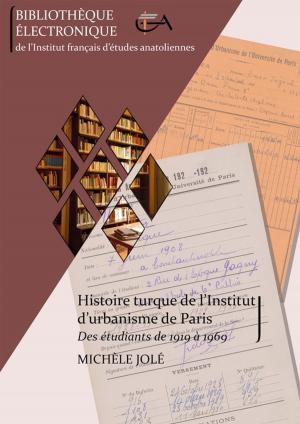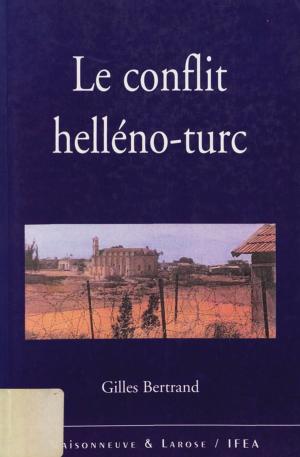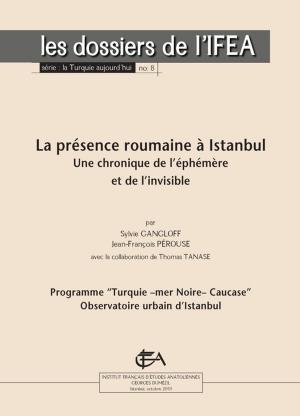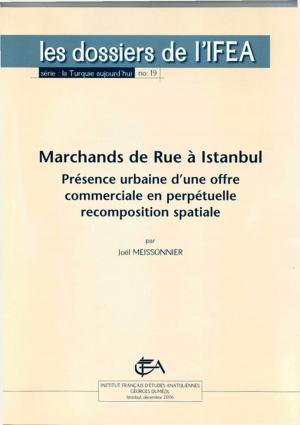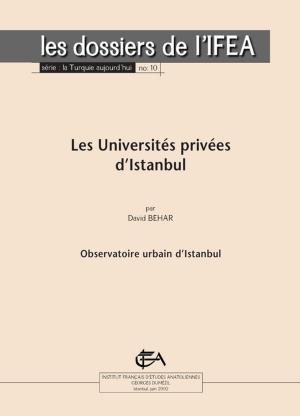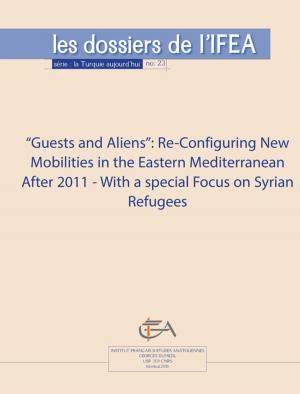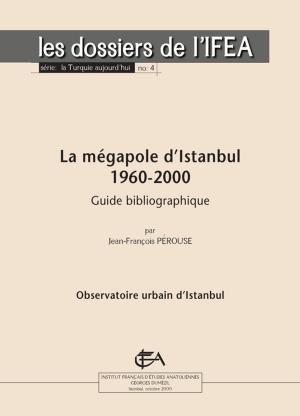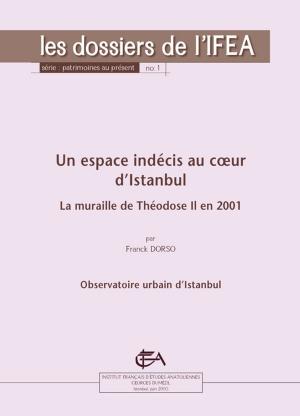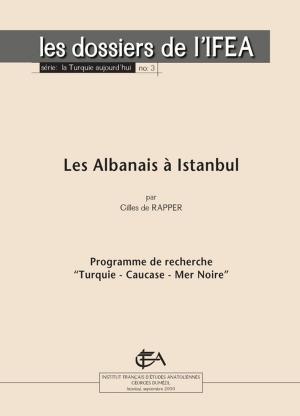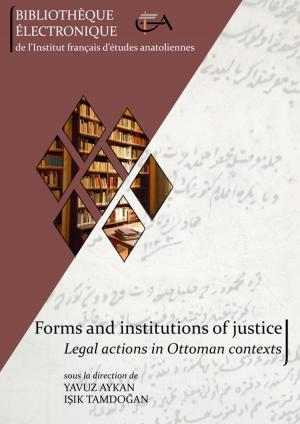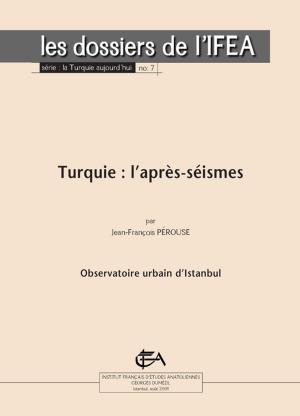From an Ancient Road to a Cultural Route
Conservation and Management of the Road between Milas and Labraunda
Nonfiction, Social & Cultural Studies, Political Science, Politics, Regional Planning| Author: | Elifnaz Durusoy | ISBN: | 9782362450396 |
| Publisher: | Institut français d’études anatoliennes | Publication: | November 4, 2014 |
| Imprint: | Institut français d’études anatoliennes | Language: | English |
| Author: | Elifnaz Durusoy |
| ISBN: | 9782362450396 |
| Publisher: | Institut français d’études anatoliennes |
| Publication: | November 4, 2014 |
| Imprint: | Institut français d’études anatoliennes |
| Language: | English |
The main subject of the study is revealing “cultural routes”, by the evaluation of ancient roads which have cultural accumulation on and around them. Considering the unique character of cultural routes, their formation as a consequence of cultural accumulation in a region is the main objective of the project. The project aims to explore the basic principles of cultural route planning and management in regard to the values of historic, natural, rural, modern and archeological components of cultural accumulation and cultural landscapes. Means that can be used to conserve and sustain their specific character are sought. In doing this, the study is structured in two main parts. It both covers a theoretical framework of conceptual principles and a case study. In the first part, together with the development process of the cultural route concept with different definitions and classifications stated by researchers and organizations the study mainly discusses the principles of cultural route planning and management. In the second part, based on the theoretical research, the process from a road to a cultural route is reviewed through a case study together with its planning and management principles. As the case study of the study, the ancient road between Milas and Labraunda is selected since it has a potential of transformation to a cultural route. Assessing its areas rich in cultural, historical and natural heritage together with the archaeological, architectural and local values, the work is finalized by a spatial cultural route model.
The main subject of the study is revealing “cultural routes”, by the evaluation of ancient roads which have cultural accumulation on and around them. Considering the unique character of cultural routes, their formation as a consequence of cultural accumulation in a region is the main objective of the project. The project aims to explore the basic principles of cultural route planning and management in regard to the values of historic, natural, rural, modern and archeological components of cultural accumulation and cultural landscapes. Means that can be used to conserve and sustain their specific character are sought. In doing this, the study is structured in two main parts. It both covers a theoretical framework of conceptual principles and a case study. In the first part, together with the development process of the cultural route concept with different definitions and classifications stated by researchers and organizations the study mainly discusses the principles of cultural route planning and management. In the second part, based on the theoretical research, the process from a road to a cultural route is reviewed through a case study together with its planning and management principles. As the case study of the study, the ancient road between Milas and Labraunda is selected since it has a potential of transformation to a cultural route. Assessing its areas rich in cultural, historical and natural heritage together with the archaeological, architectural and local values, the work is finalized by a spatial cultural route model.

